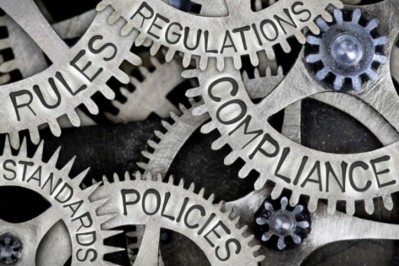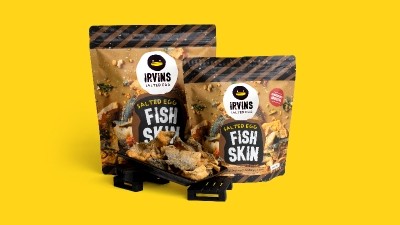Blue economy hurdles: Automation and perception shift crucial to help Asia’s seafood sector move forward

This was the conclusion drawn by an expert panel that gathered at the recent SEA Agri-food Roundtable in Bangkok, which comprised of Thai Union Global Innovation Director Tunyawat Kasemsuwan, Atlas Capital General Partner Djoann Fal, and Vertical Oceans CEO John Deiner. The session as moderated by Temasek Operating Partner Ralph Graichen.
The panel focused on the topic of blue economy, which is essentially the sustainable use of ocean resources from seafood to algae – and according to global canned tuna industry leader Thai Union, there is a lot more to achieving this ‘sustainable use’ than meets the eye.
“Thai Union is the largest canned tuna company worldwide, and from what we have seen it is clear that there are various areas that still require transformation in order for the sector to reach the various sustainability targets across the board – one of the key things to remember here in Asia is that the sustainability driver is less strong here, and consumers will not want to pay more even for this,” Kasemsuwan told the floor.
“This can already be seen in regular shopping habits as we know Thai consumers for example tend to opt to go for Product B which is a few cents cheaper than Product A just for this reason, even if they like Product A better.”
Deiner concurred, saying that attempting to sell a product as sustainable is rarely a good enough reason for wallets to open in Asia, stressing that safety and quality are the areas that need stronger focus in order to appeal to consumers in this region.
“Consumers here may like sustainable products and go so far as to say they find it appealing – but not enough to pay more for these and certainly not enough to choose to buy these over more affordable options,” he said.
“That said, quality is really the key factor here, and this can be quantified in terms of factors like freshness, taste, non-adulteration, organic, zero-waste and so on – these are the things consumers look for and the industry needs to focus on to get sales up.”
Along those lines, technology was highlighted as the key enabler in the industry that is growing but still lacking in order to make the major improvements and transformations required for rapid growth and advancement.
“One way we can hope to solve this is via technology, which can come from a few angles such as to source fishes with minimal impact or to develop alternative value chains to maximise current fish usage,” Kasemsuwan added.
“For instance, Thai Union processes some 400 million MT of tuna but only about 50% of this is used [in regular food products] – there are many ways to develop upcycling systems or other efficient value chains to maximise valorisation and thus reduce waste.
“There is also a crucial need for the industry to move into higher automation to stay efficient – this was a real wake up call we had during the pandemic as we have 30,000 employees in factories and having to adhere to social distancing and all of that was very unsustainable given how manual the production lines were.
“It’s not about reducing human resources, but about transforming the whole industry and using less labour for production so that we can increase productivity with what people we have yet still stay ready to handle any situation.”
Blinders need to go off
Deiner added that the current situation in aquaculture in particular is not one that is very conducive for innovation, resulting in the sector as a whole being rather bad at it.
“Most innovation done in this sector is with blinders on, in that these tend to only focus on feed, genomics or disease – but this is not enough when there are so many gaps in the supply chain and so much technology that needs to be innovated,” he said.
Fal added that the other major reason for a lack of innovation here is the lack of demand from consumers for a variety of reasons, but expressed optimism that global changes will lead to this changing over the near future.
“Without consumer demand there cannot be a whole lot of innovation in any sector including aquaculture, as even if conglomerates get involved they are also limited by a lack of flexibility due to usually being responsible for a large part of a country’s GDP, so very limited change can be made and efficiency is usually the main focus,” he said.
“That said, the intensification of climate events and so on will serve as a major push to both consumers and industry as fish volumes fall, and this will force a change and shift in perception amongst consumers, which in turn will also push the big companies to move towards the right direction.”














